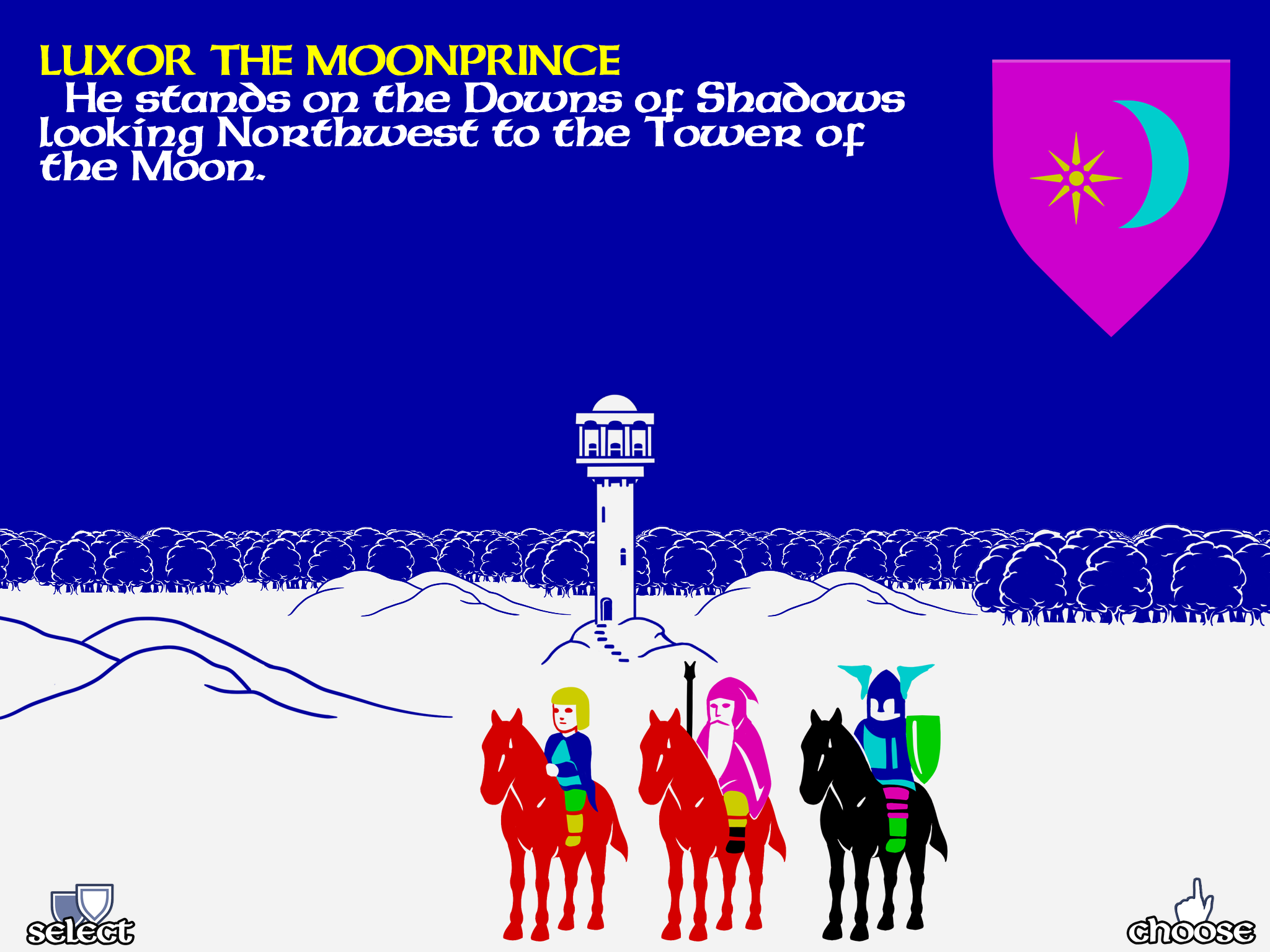Last week, Aurora Horizon had its world premiere, held on Discord with thirteen players worldwide. (Well, mostly UK-based, but with one player in the US and another based in, well, I don’t know.)
(Aurora Horizon is part 6 of a long-running first-contact series of freeforms that I’ve been writing. You can read more about the design process here.)
 |
| Playing on Discord |
TL;DR – it was a success!
As ever, though, I had a few things to think about and reflect on.
Before the game
YAMM: I decided to try a new programme, YAMM (Yet Another Mail Merge), to send out character sheets and background info. That turned something I find to be a bit of a drudge into a learning exercise, making it much more interesting for me.
YAMM is a Chrome extension that lets you use mailmerge in Gmail. This is how I used it:
First, I created shareable folders in Google Drive for each character. Into those I put their character sheets and other information.
Second, I set up a Google sheet with columns for email address, first name, character, and a link to the
Third, I drafted an email in the correct format, with curly brackets denoting the fields from the Google sheet. (I’m skipping the bit where I got the format wrong and had to send it twice…)
Fourth, I used YAMM to turn all that into personalised emails. (This is easy – just pick YAMM from a menu in Google Sheets.)
The free version of YAMM lets you send 20 emails per day, which was more than enough for me.
YAMM also saved me from remembering to bcc my emails, which I occasionally forget to do.
Recruiting players: I have a list of about twenty players who have played the earlier games on Discord, so I try and fill my game from them before looking further afield. What I should have done was use a Doodle poll to choose the date, but instead I picked a couple of dates far enough ahead that I thought wouldn’t cause problems. I then swapped to a Doodle poll when the dates I had chosen were causing problems…
When I had thirteen players, I stopped the poll, announced the date and asked everyone to fill in the casting form. And interestingly, people who I didn’t think could make the date (based on the poll) completed the form, and I ended up with a short waiting list.
I had a player drop (the game wasn’t for her), but I filled it quickly.
And unfortunately, I had a player who wanted to play but had forgotten to complete the casting questionnaire, which felt awful when she got in touch/
Player queries: A couple of days before the game, I could tell the players were reading their character sheets as I started getting queries. (Which was helpful for me, as I’d put the game to one side for a few weeks and was already getting rusty.)
I’m always happy to field queries, although some suggestions I pushed back on where I felt they were deviating from what I was after.
The game involves a mission to investigate an alien spacecraft on Callisto, but when the game starts, the players’ ship (the Aurora Horizon) has suffered some damage. This forces them to curtail their stay drastically, and they must prioritise what they want to achieve. So the game has difficult decisions, and I felt that some of the initial queries were attempts to try to circumvent those decisions.
If this were a tabletop game, I might have said yes (because I generally like to reward player initiative), but in this case, I said no because I knew it would affect at least some of the other players.
Errors and glitches
And as always, the players picked up a few errors and glitches. There are always errors, no matter how hard I try. I’ve learned not to take it personally, but accept that players will always spot something my tired eyes have missed.
If the error was spotted soon enough, I would change the shared documents. But as the game got closer, I just updated the master documents and made a note to adjust things during the game if needed.
On the day
Aurora Horizon was due to start at 7:30 pm, but I was online from 7 pm (and had told everyone that). Several people joined just after 7, and we chatted and caught up. At about 7:25 pm, I chased the last two, and we started at 7:30 pm.
I carried out a short briefing, and then we started play.
Starting positions: In hindsight, I should have given everyone a starting position where they spend a few minutes roleplaying in small groups. That seems to be particularly important when playing on Discord.
Instead, everyone moved to the galley and started talking.
(I’ve now changed that and created four starting positions, each with three characters. The last character, the computer, can start wherever they want.)
But I must remember this for the next game: Start the game with everyone in small groups.
The game unfolds
The first hour for me was relatively relaxing. I just listened to everyone roleplaying and answering the occasional query.
Then we had the first EVA period.
This was always going to be a challenge, as I had to give each away team their own briefing (which I posted to them via the Discord chat). This took a bit longer than I expected (and I made mistakes as the Discord interface was clunkier than I thought). And then, once I had given everyone their documents, I had to answer queries.
This would have been easy if we had been playing a tabletop rpg (as I had considered earlier), and easier if we were face-to-face (as the briefings would all be printed out and ready to go), but Discord just slowed everything down.
In a sense, I was trying to run four different tabletop rpgs at once. I do like a challenge, and I don’t think it was awful, but I don’t think I’ll be repeating the experience in a hurry!
(It’ll be easier in person, I tell myself!)
I’d scheduled the EVA period to take 15 minutes. That was always optimistic, but I don’t know if that was the challenges of Discord, or lots of discussion, but the first EVA period took over an hour, and we ended up not having time for a proper second EVA period.
We overran a little, and from the discussion afterwards, players were saying they could have continued roleplaying for another hour. But it was a school night, and I was conscious that some people needed to be up early the next morning.
As usual, not everything came out, and as usual, the game went in directions I hadn’t anticipated, but overall I was happy with how it went.
Highlights
A few highlights:
- Rich as CORA 9000, who used the HAL image as his Discord avatar and spoke in a robotic manner throughout the game.
- Tom playing Dr Halvorsen, who creeped out all the other players by playing the ship’s medic completely straight-faced and yet somehow managing to be sinister.
- Alex’s sacrifice! Well, two sacrifices. I don’t want to say more, but I’m really pleased with the direction Alex took Lt Osborne.
- Elyssia, Daniel and Tony renaming their Discord names so that they would always be grouped on the Discord screens.
- Nathan as Commander Archer trying to keep a grip on everything.
- Chatting afterwards. I didn’t need to rush away, and chatted with some of the players after the game for about half an hour. I think there was a little frothing going on, which is one sign that they enjoyed themselves.
(I probably have more highlights, but those are the ones that come to be right now.)
Overall
So overall, the game was a success. I have a fair bit of feedback to incorporate before running it at Consequences, but I’m on with that.
As always with post-game amendments, I have to decide whether to address the bits of plot that didn’t emerge. Did that happen because we ran out of time, or were my clues too subtle? Or was it just how the game ran that time? It’s hard to say, so I’m not planning on making too many changes.
As for Episode #7, I have some vague ideas. But I’m not thinking about that too hard just yet.














































